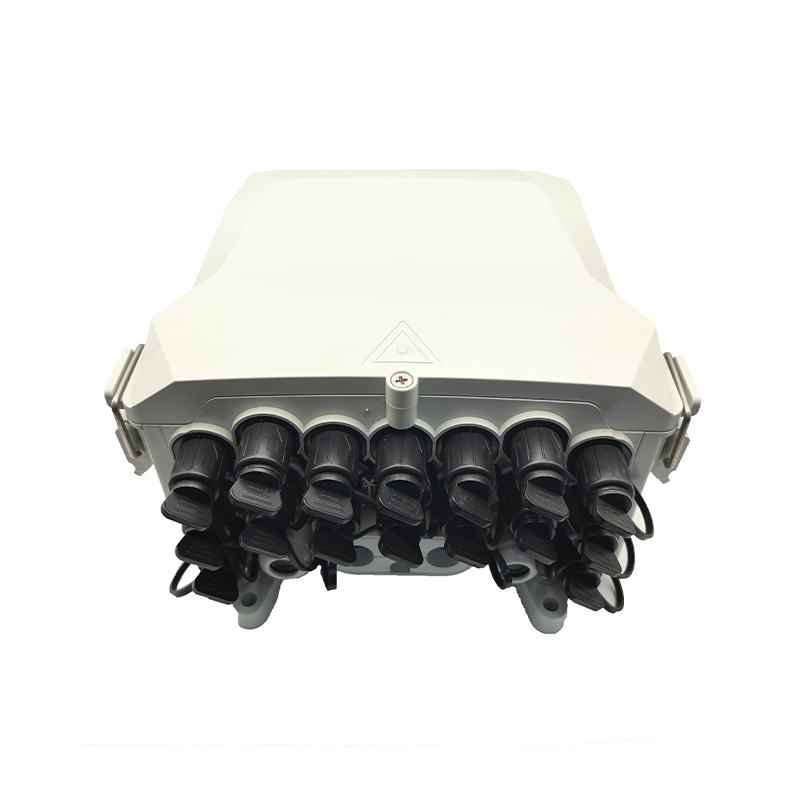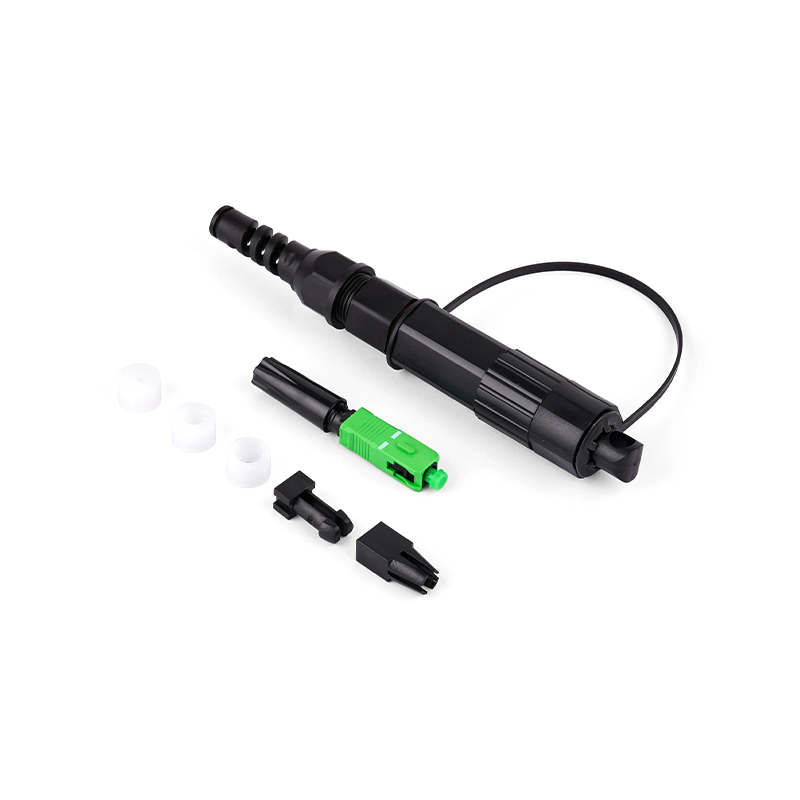What is a Fiber Optic Patch Cable?
2025-08-22
In today's rapidly evolving network world, fiber optic patch cables play a vital role. They are optical cables used to connect devices to fiber optic cabling systems. They typically consist of one or more optical fibers, a tight-fitting jacket, a tensile member, and a jacket, with connectors at both ends.
Simply put, fiber optic patch cables are like the "data highways" of fiber optic networks, responsible for transmitting optical signals between devices such as fiber optic patch panels, fiber optic modules, and fiber optic transceivers, enabling fast and reliable data communication.
Content
Features of Fiber Optic Patch Cables
Fiber optic patch cables are widely used because of their superior characteristics:
- High bandwidth and long-distance transmission: They can transmit large amounts of data over long distances with low loss, making them ideal for long-distance data communications.
- Electromagnetic interference resistance: Unlike copper cables, they are unaffected by electromagnetic interference, ensuring stable and reliable signal transmission.
- High security: Optical signal transmission is difficult to eavesdrop on, ensuring the security of data transmission.
- Lightweight and durable: Compact and lightweight, making them easy to install and maintain, while also exhibiting excellent mechanical and environmental resistance.

Applications of Fiber Optic Patch Cables
They are an indispensable component of fiber optic communication systems and are widely used in:
- Fiber optic communication systems: Connecting transceivers, switches, distribution frames, and other devices.
- Fiber optic data transmission: Enabling high-speed transmission in data centers, LANs, and WANs.
- CATV (Cable Television): Used to transmit television signals with clarity and stability.
- FTTH (Fiber to the Home): Providing internet, telephone, and TV services to homes.
- Military communications: Ensuring high security and reliability in military systems.

Functions of Fiber Optic Patch Cables
The primary function is to connect devices to a fiber optic network. Its core functions include:
- Connection: Serving as a physical bridge between devices.
- Transfer: Transferring signals between devices with different interfaces (e.g., SC to LC).
- Extension: Extending transmission distance or expanding coverage.
How to Choose a Fiber Patch Cable?
To choose the right fiber patch cable, consider the following factors:
- Connector Type: LC (small form), SC (push-pull), FC (threaded), ST (bayonet), MTP/MPO (multi-core high-density).
- Fiber Type: See comparison table below.
- Fiber Count and Length: Choose single-core, dual-core, or multi-core, and select suitable lengths.
Comparison of Single-Mode and Multimode Fiber
| Parameter | Single-Mode Fiber | Multimode Fiber |
| Core Diameter | ~9 µm | 50 µm / 62.5 µm |
| Transmission Distance | Up to 40 km or more | Typically up to 500 m |
| Bandwidth | Very high, suitable for long-distance high-speed transmission | Lower, suitable for short-distance applications |
| Cost | Higher (fiber & equipment) | Lower, more economical |
| Applications | WANs, long-haul telecom, FTTH | LANs, data centers, short-distance links |
By considering these factors, you can select the fiber optic patch cable that best suits your application, ensuring efficient and stable network operation.











